Last week I looked back onto the first half of my internship with Interfaith Scotland and Interfaith Glasgow. Today I’m looking back on the second half.
January 2018:
After a well deserved Christmas break I came back to Glasgow in the beginning of January. In this month the main event for me and Interfaith Scotland was Holocaust Memorial Day. I participated in a couple of planning meetings, helped to build the exhibition about German massacres in Glasgow’s twin city of Rostov-on-Don, met the International guests at a welcome dinner and was responsible for registration (with some of my colleagues) and the running of several powerpoint presentations/videos at the event. How impressive this work with the remembering of the Holocaust was for me, can be read in several blog articles I wrote in this time. In January I also travelled to Dundee to witness the re-establishment process of Dundee Inter Faith Association.
With Interfaith Glasgow I was part of a group of Weekend Club volunteers, who met volunteers from the Edinburgh Weekend Club for an exchange of thoughts and ideas about our practise. I helped at a Faith-to-Faith event at St Mungo Museum about Glasgow’s history as a welcoming city (connected with the story of St Mungo) and with the Weekend Club we celebrated a Burn’s afternoon for refugees and asylum seekers.
I also visited Glasgow’s reform synagogue for their Holocaust Memorial Service and the blog article about this experience was one of those with the most positive reactions during my whole year.
February 2018:
The big highlight in February was one with Interfaith Glasgow. We participated in World Interfaith Harmony Week with a series of three events: A Weekend Club team meeting with a lot of reflection about the value of interfaith cooperation, a Scriptural Reasoning Dialogue about why Christians, Muslims and Jews are engaging in Interfaith Dialogue and a Community Meal event to built better Friendship between people of different religious backgrounds. We documented all this with a lot of photos, videos and reports, which we sent in at the end of the month and in April Interfaith Glasgow received the third prize in the competition. Additional to this World Interfaith Harmony Week programme I also attended the next Faith-to-Faith event about “Faith and Activism” and helped to deliver it.
But also Interfaith Scotland did not become lazy after the two major events of every year (Scottish Interfaith Week and Holocaust Memorial Day). We continued to plan the youth conference in St Andrews and we organised our AGM with an interesting talk about Gender Equality in the different faith traditions. The next advisory group meeting for youth engagement with the Inter Faith Network for the UK took place, but this time I stayed in Scotland and attended it via skype. Anyway I did travel south this month, because I attended the first Focus Group meeting in Birmingham. At those meetings members of the advisory group were meeting young people from the local area to talk with them about their interfaith experiences and which kind of supporting material they would like to have for their interfaith engagement. In February I also started to visit local interfaith groups again and travelled to Inverness and Stirling (Central Scotland Interfaith Group). Those were still not my only journeys, because I also went to Oban with a group of interfaith volunteers to deliver workshops at the local High School. On behalf of Interfaith Scotland I also attended an Interfaith New Years Dinner hosted by the Ahmadiya community in Glasgow and attended a reception organised by the Moderator of the Church of Scotland at the Scottish Parliament.
March 2018:
The march started with the “Beast from the East”, but as soon as it was possible to travel I was on the road again. Together with Frances I attended the first planning meeting for the Launch of Scottish Interfaith Week 2018, which will be held in Aberdeen. We met people from the local interfaith group, local authorities and faith communities and visited some possible venues for the launch event. I also travelled to London again for the next meeting of the youth engagement advisory group. The work with young people was a general important theme for me this spring, because besides continue to plan and advertise the youth conference I also organised (together with some colleagues from Interfaith Scotland and the Inter Faith network for the UK) a Focus group meeting in Glasgow, so that also the voices of young Scots could be heard in the UK project. I also travelled to Dundee again to join a dialogue meeting there, which also should help the local interfaith group to become re-established again. Shortly before Easter I visited the Moray interfaith group in Elgin, before I had a nice Easter holiday on Iona.
For Interfaith Glasgow I functioned as the Christian speaker at a Faith-to-Faith event about the Feminine in God.
April 2018:
The major event in April and the last real big event that I helped to plan and facilitate was the National Interfaith Youth Conference in St Andrews, where about 80 young people from all over Scotland and very interesting speakers talked about “Radicalisation and Reconcilitation” from different perspectives- definitely one of many highlights during the year. Otherwise the month was rather calm, compared with others. I visited the Renfrewshire interfaith group and attended a training about “Tackling Hatespeech in youth work” (a result of the two Erasmus+ projects Interfaith Scotland is involved with at the moment). At the end of April I visited the Ayrshire Interfaith group in Kilmarnock.
With Interfaith Glasgow I helped at the Faith-to-Faith event which was part of the celebration about 25 years of St Mungo Museum with a lot of interesting stories from the history of Interfaith in Glasgow and Scotland. I also joined the Weekend Club for my last event with them, which was held at the beautiful “Hidden Gardens” on the southside of Glasgow.
I also joined the Jewish community in Glasgow for their YomHaShoa event.
In April I also preached in a Sunday service at St Mary’s Episcopal Cathedral in Glasgow and was interviewed about my interfaith experience at a Forum afterwards.
May 2018:
In May there weren’t any big projects to plan or facilitate for me, but a lot of nice smaller events. I gave a speech at the German Speaking congregation in Edinburgh, I attended a meeting of the Religious Leaders (as notetaker), I met the planning committee of the youth conference in St Andrews for an evaluation meeting, I went to Aberdeen for another planning meeting for Launch of SIFW 2018, I visited the Fife interfaith group another time and told them about my experience in Scotland, I attended a meeting for the prevention of Genocide and a conference of Scottish Faiths in Action for Refugees and I visited the Skye interfaith group and joined the Quaker community on Skye for one of their meetings.
I missed the Interfaith Glasgow event “One Big Picnic” due to a private journey, as well as the May Faith-to-Faith event, but I functioned as the Christian speaker at a really nice Scriptural Reasoning dialogue event about Joseph/Yusuf.
June 2018:
June has only started a week ago, but I already have travelled to Shetland to visit the local interfaith group there and also joined the local Baha’i community for a devotional. On Shetland I also delivered school workshops to students at the secondary school on Whalsay and at Lunnasting Primary School.
Yesterday I celebrated my farewell from my colleagues from Interfaith Scotland and Interfaith Glasgow.
Later today I will shortly be interviewed at the General Synod of the Scottish Episcopal Church. I am going to tell them about the amazing interfaith work which is going on in Scotland and the great time I had here and try to encourage them to get involved in interfaith – if they not already are. A live stream of the synod is available on facebook, the time will be in the afternoon, probably some time between 3 and 5 pm.
On Sunday I’m going to be the official facilitator at my last Faith-to-Faith event. The theme will be “Heaven and Hell” and curators from Glasgow Museums will talk about ideas of Heaven and Hell in Islam and Christianity with the help of pictures of different museum objects. If you want to join the event, come along at 2pm to St Mungo Museum.
On Monday I then will travel back to Germany for good and on the 1st of July a new exciting chapter begins when I’m starting my ministry in the village of Eschollbrücken, near Darmstadt (where I grew up), about 30 kilometers (about 18.6 miles for everyone who is not familiar with the metric system) south of Frankfurt.
I want to thank everyone who I met during the year and all my journeys across Scotland and the UK! It was a very special time for me and I hope that Interfaith continues to flourish in Glasgow, Scotland, the UK and the rest of the world – it’s so important and enriching!
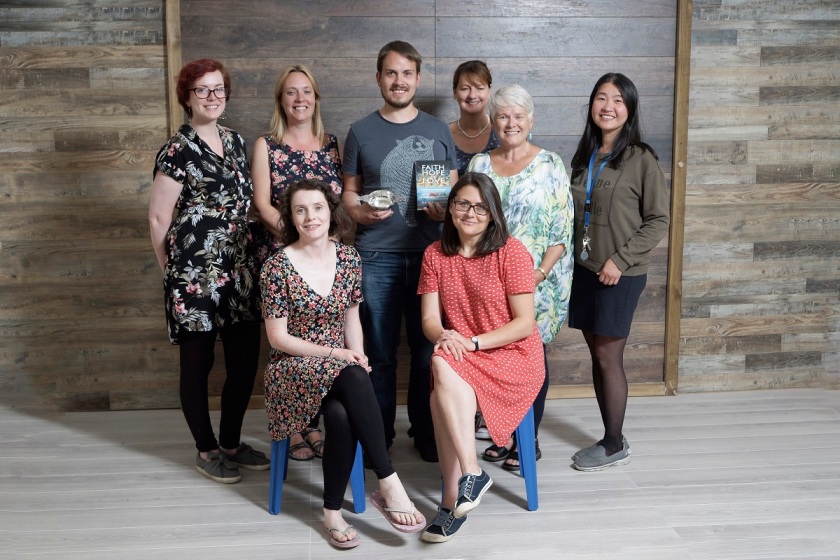
If anyone would like to have similar experiences as I had during my time here or if you want to know more about the work of Interfaith Scotland and Interfaith Glasgow feel free to contact them and to ask for volunteering or internship opportunities!
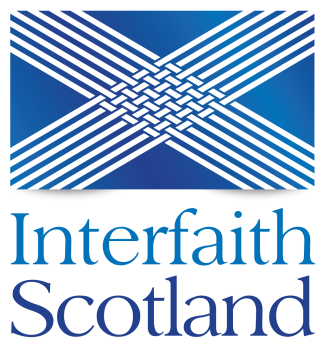




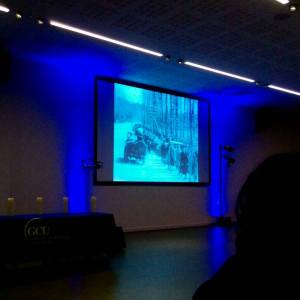
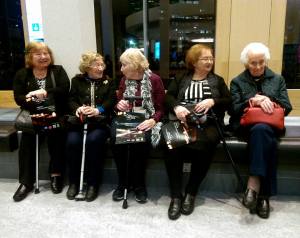
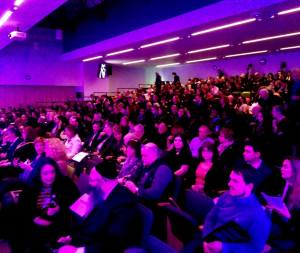

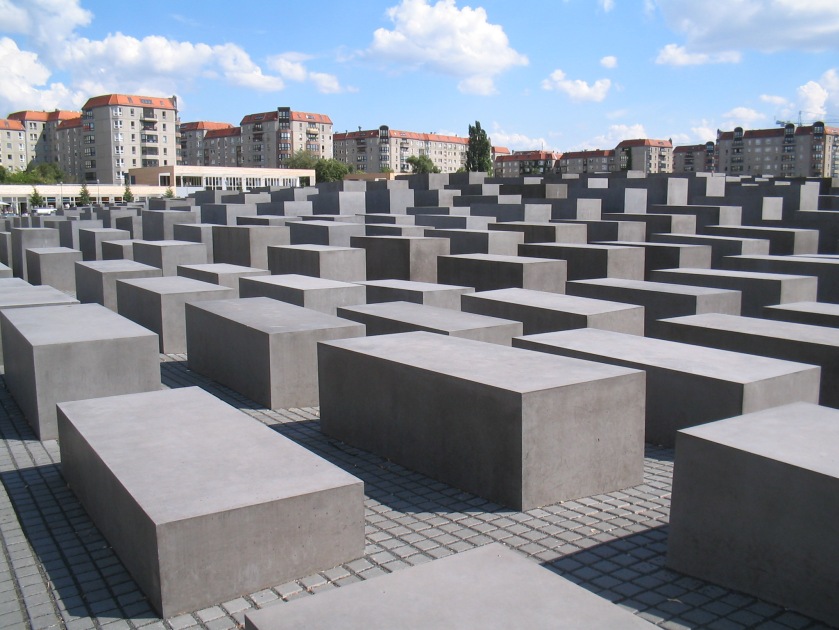
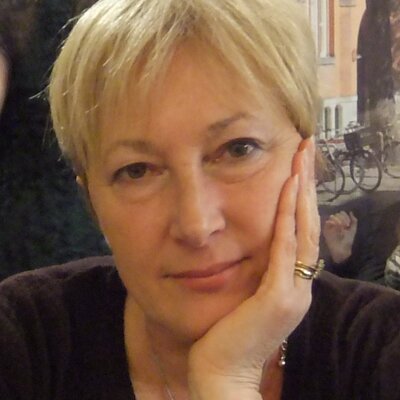 are organising over the week beginning 22nd January, I was absolutely delighted.
are organising over the week beginning 22nd January, I was absolutely delighted.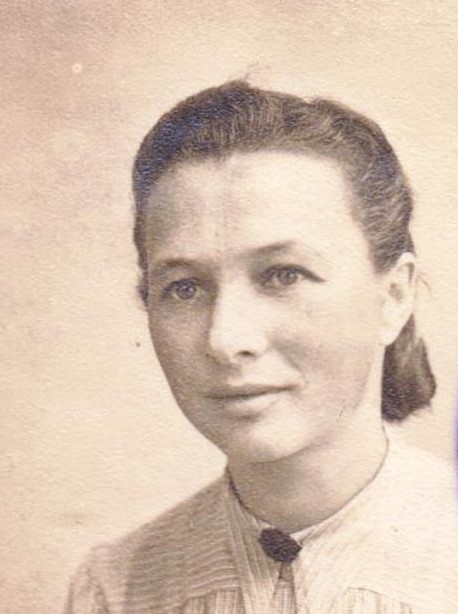 mmon belief, many displaced people continue to languish in camps across Germany and other European countries until well into the 1960’s. Life did not suddenly improve for those caught up in war because the bombs stopped falling. How can life go on, when you cannot return to your home because it no longer exists or has been appropriated by strangers or an aggressive regime? How can you build up a new life in a country that is still struggling to rebuild itself?
mmon belief, many displaced people continue to languish in camps across Germany and other European countries until well into the 1960’s. Life did not suddenly improve for those caught up in war because the bombs stopped falling. How can life go on, when you cannot return to your home because it no longer exists or has been appropriated by strangers or an aggressive regime? How can you build up a new life in a country that is still struggling to rebuild itself?